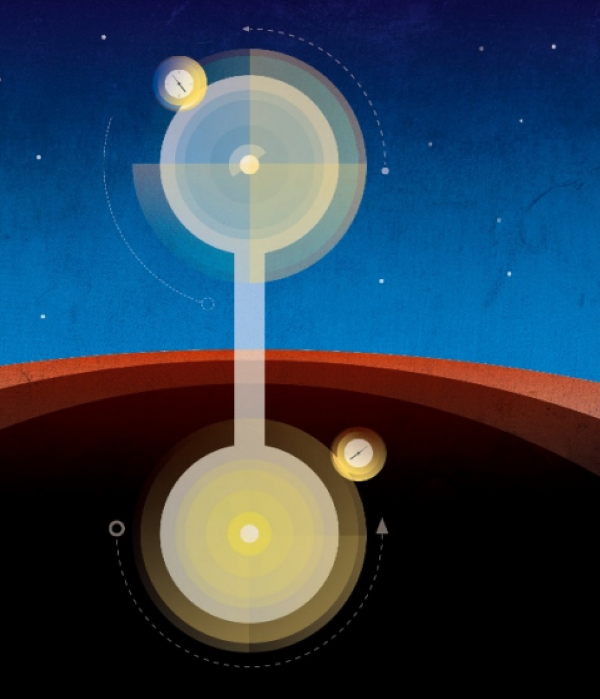The European Space Agency (ESA) has entrusted us with the mission of making cold, and even extreme cold, as we have to go below -250°C to ensure the proper functioning of on-board sensors in space”, sums up Giuseppe Sdanghi, who holds the HyPSTAR Junior Professorship “Hydrogen: Production, STockage, usAges, Recherche” at LEMTA (Laboratoire Énergies et Mécanique Théorique et Appliquée), a joint research unit of the Université de Lorraine and CNRS. More specifically, the researcher is working on the development of an electrochemical hydrogen compressor for aerospace applications. “The advantage of using high-pressure hydrogen in this particular field is that it eliminates all the vibrations caused by a mechanical compressor, which reduce the quality of observations”, explains Giuseppe Sdanghi. In a nutshell, the principle consists of using membranes equipped with electrodes to convert electrical energy into high-pressure hydrogen which, when injected into a Joule-Thomson expansion system, creates cold. And all without any moving parts.





